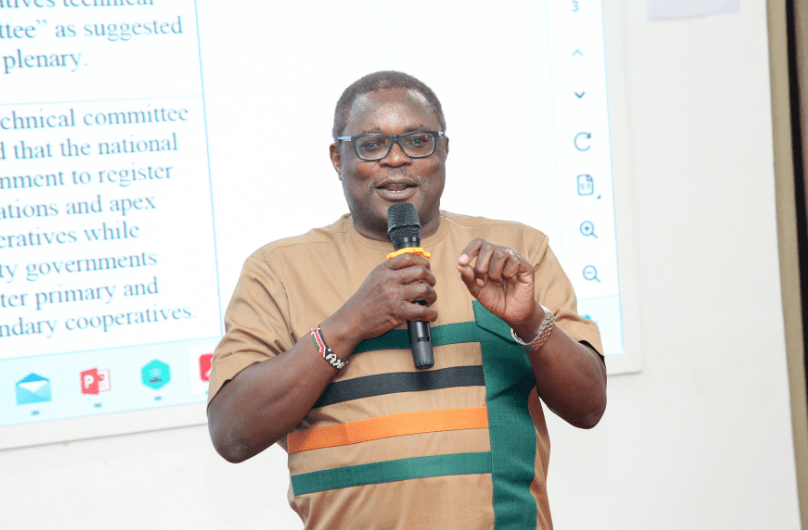State bets on multi-billion shilling project to provide stable and reliable power

The government is banking on the recently rolled out National System Control Centre (NSCC) project to address the nuances of power blackouts and contribute to Kenya’s sustainability efforts through renewable energy.
This NSCC project, with a total budget of €82.7 million (Ksh12 billion), according to the Kenya Electricity and Transmission Company (Ketraco) is financed by France through a €48.6 million (Ksh7.1 billion) concessional sovereign loan from the French Development Agency (AFD) and a €34.1 million (Ksh4.97 billion) concessional loan from the French Treasury.
The construction contract has been awarded to a consortium comprising GE Vernova and Larsen & Toubro (L&T), which is a flagship example of strategic French financing and French expertise in the energy sector in Kenya.
Speaking during a site inspection of the project in Embakasi, Nairobi, Arnaud Suquet, the French Ambassador to Kenya, stated that a modern NSCC will significantly enhance robust electricity infrastructure and grid stability.
It will also prevent blackouts and support the transition from diesel generators to reliable and green energy sources, as part of the broader ongoing collaboration between the two countries on energy transition.
“France is committed to supporting critical infrastructure projects that enhance sustainability, energy reliability and economic growth. This project is a strong testament to the enduring partnership between Kenya and France in the energy and climate sectors,” he said.
The commercial contract entered into force on February 7, 2025, and the project is scheduled for completion within 36 months, by February 6, 2028.
Currently under extension through the National Treasury to align with revised timelines, the financial arrangement was initially signed on March 14, 2019.
According to Ketraco, this initiative is a priority for Kenya, promising significant environmental benefits through better integration of renewable energy sources, social advantages by improving access to electricity, and economic gains by reducing outages and transmission losses.
Transmission losses
Consumers currently bear the brunt of transmission losses as the Kenya Power and Lighting Company (KPLC) usually passes down the losses to them, resulting in higher electricity prices.
This factor affects their disposable income since access to electricity has become a necessity globally for optimal running of functions.
Companies, on the other hand, also incur higher operational costs as a result, making the operating environment tougher when combined with other factors such as taxation.
John Mativo, Ketraco Managing Director, said the project is expected to transform Kenya’s electricity grid into a robust, efficient, and regionally integrated system involving the design, supply, and installation of a dual-redundant national control system.















